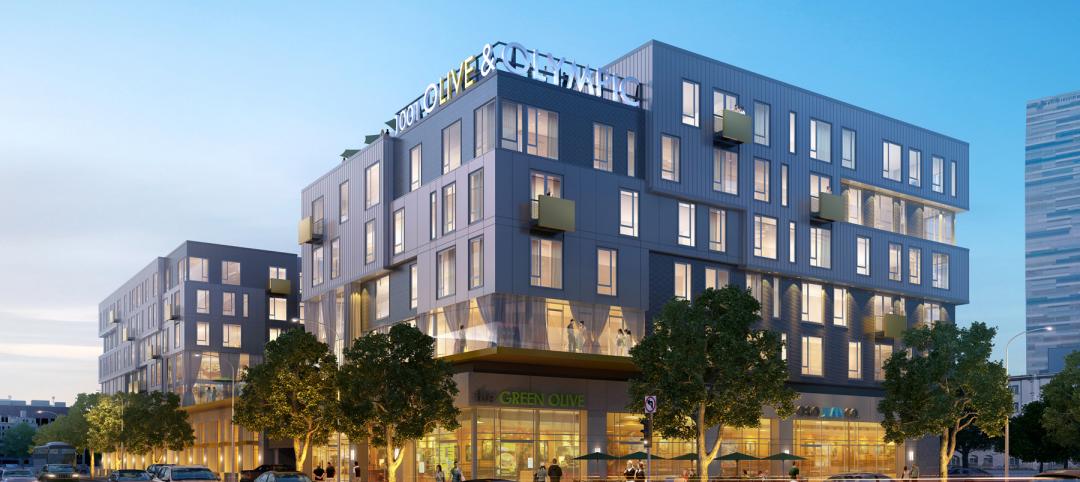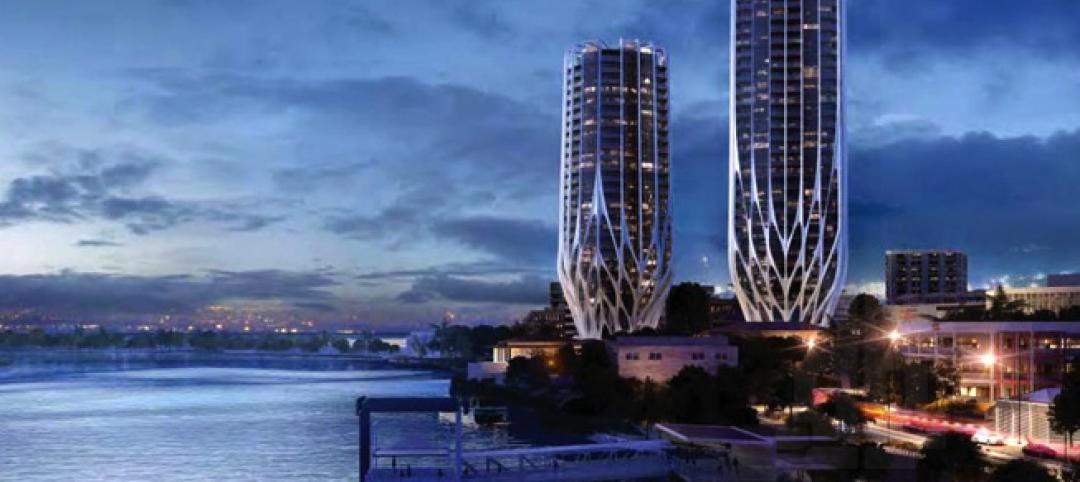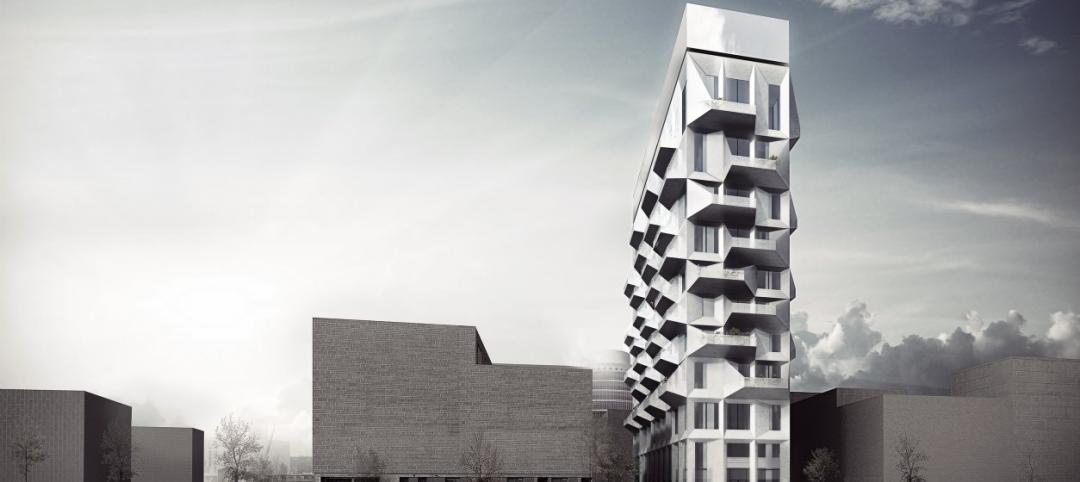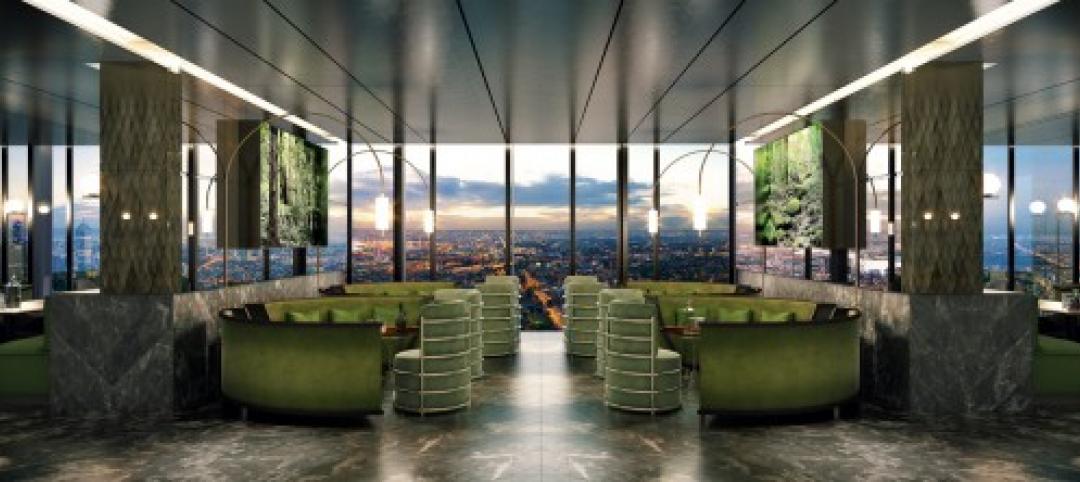Each generation is different than the preceding one, often in surprising ways. Unlike their parents and grandparents, Millennials, or Generation Y, are more comfortable paying rent rather than committing to a 15-30 year mortgage.
From 2006 through 2011, 25- to 34-year-olds experienced the largest decline in home ownership compared with any other age group, according to a USA TODAY analysis of Census Bureau data. Among households headed by 25- to 34-year-olds, renters increased by more than a million from 2006 to 2011, while the number who owned fell nearly 1.4 million.
For many Americans, particularly Millennials, there are a multitude of reasons why renting is on the rise and not expected to fall anytime soon. Young adults today are less inclined to buy a home because they don’t want to be tied down. They also don’t want to incur additional debts, as many already have loans from college.
Interestingly enough, one of the main reasons that drive Millennials to rent is not directly a question of money; it’s all about lifestyle. For this reason, it is important to understand what attracts Millennials and to design and build accordingly.
What Millennials Want in Rental Housing
Articles constantly appear in the media about what Millennials want. Let’s distill 6 key characteristics:
Technology: Millennials grew up with technology. It is second nature to them. Preferred living spaces are wired, connected, and up-to-date.
Community: The Facebook generation is plugged into their social circle, and the community is not just online – it’s also where they live.
“Within the apartment itself, one of the most important features that Generation Y renters look for is an open floor concept with a large living space. As a result, smaller bedroom spaces aren’t a drawback if the living space can support their naturally social lifestyles.” —Michael R. Ytterberg, BLT Architects
Authenticity: Millennials will not stand for fake. The truth is important and the objects with which they surround themselves must feel authentic.
Work and play: These fuse together in an online world. I can work anywhere; I can connect with my friends anywhere. Living arrangements need to support this.
Health: Their living environment must support a healthy lifestyle, both active and one that is clean and restful. This is one of the latest areas where multi-family projects have begun to differentiate themselves.
Experience: For Millennials it all comes together in a life that is rich in experience now, not delayed until success comes later. The road traveled must be an interesting one.
Buying a house ties one down and limits possibilities. Many Millennials today are willing to spend more on their monthly rent to live in a prime location that offers them convenience, comfort and choice.
Smaller apartments have become the norm as rents have risen so Millennials may continue to live in desirable neighborhoods. The neighborhood and the communal spaces in their building are their living spaces. Yet within the apartment itself, one of the most important features that Generation Y renters look for is an open floor concept with a large living space. As a result, smaller bedroom spaces aren’t a drawback if the living space can support their naturally social lifestyles.
Design elements and finishes must have character; uniqueness and charm are selling factors.
As Generation Y is inherently more social, common areas as well as outdoor space are very important to renters. Many Millennials also require access to a fitness center and a pool, spaces where health and sociability are combined.
How to Design Apartments for Millennials
In order to meet the needs of Millennials, one must offer amenities and finishes that are impressive in a competitive landscape. An active, inviting lobby is always important, as it is the first impression that the renter and his/her guests see upon entrance. The lobby should be open and situated like a lounge, evoking the feeling of an extended hangout space.
In addition to lobbies, public space is a necessity in attracting Millennials. Internet lounges within the building where residents and can bring their laptops, as well as rooms that people can rent out for parties are attractive to renters.
 Rendering depicts the rooftop entertainment space at the 3737 Chestnut luxury apartment development in Philadelphia. Rendering: Radnor Property, SPG3 Architects
Rendering depicts the rooftop entertainment space at the 3737 Chestnut luxury apartment development in Philadelphia. Rendering: Radnor Property, SPG3 Architects
When designing for Millennials, keep in mind they understand that quality materials are important, and they favor granite or quartz countertops and clean looking finishes that are easy to maintain. Additionally, buildings must be developed to be pet friendly. Having pet centered amenities, such as a dog grooming facility and synthetic turf pet areas, is becoming the norm.
Many Millennials who live in cities are often doing away with the costly expense of owning their own cars. For this reason, developers should make sure public transportation is easily accessible and consider having a car share program nearby. It has also become a necessity to have plenty of bike storage that is both convenient, as well as easily accessible, to renters.
Millennials are not only renting more often than buying, but they are also renting for much longer periods of time than previous generations. With so many choices available, they have become much more particular when it comes to having the right amenities and living space. Keeping these trends in mind when developing your next project will be essential in remaining competitive within the rental landscape that is being driven by a new generation.
About the Author: Michael R. Ytterberg, PhD, AIA, LEED AP, is a Principal with BLT Architects, a Philadelphia-based architecture firm.
Related Stories
| Sep 15, 2014
Ranked: Top international AEC firms [2014 Giants 300 Report]
Parsons Brinckerhoff, Gensler, and Jacobs top BD+C's rankings of U.S.-based design and construction firms with the most revenue from international projects, as reported in the 2014 Giants 300 Report.
| Sep 15, 2014
Gen-Y-focused multifamily development under way in L.A.
The new urban residential community at 1001 S. Olive Street will offer open floor plans consisting of 64 studios, 109 one bedroom units, and 28 two-bedroom units, ranging in size from approximately 500 sq ft to 1,100 sq ft.
| Sep 9, 2014
Using Facebook to transform workplace design
As part of our ongoing studies of how building design influences human behavior in today’s social media-driven world, HOK’s workplace strategists had an idea: Leverage the power of social media to collect data about how people feel about their workplaces and the type of spaces they need to succeed.
| Sep 7, 2014
Behind the scenes of integrated project delivery — successful tools and applications
The underlying variables and tools used to manage collaboration between teams is ultimately the driving for success with IPD, writes CBRE Healthcare's Megan Donham.
| Sep 5, 2014
First Look: Zaha Hadid's Grace on Coronation towers in Australia
Zaha Hadid's latest project in Australia is a complex of three, tapered residential high-rises that have expansive grounds to provide the surrounding community unobstructed views and access to the town's waterfront.
| Sep 3, 2014
Ranked: Top local government sector AEC firms [2014 Giants 300 Report]
STV, HOK, and Turner top BD+C's rankings of the nation's largest local government design and construction firms, as reported in the 2014 Giants 300 Report.
| Sep 3, 2014
New designation launched to streamline LEED review process
The LEED Proven Provider designation is designed to minimize the need for additional work during the project review process.
| Sep 2, 2014
Ranked: Top green building sector AEC firms [2014 Giants 300 Report]
AECOM, Gensler, and Turner top BD+C's rankings of the nation's largest green design and construction firms.
| Sep 2, 2014
Extreme conversion: 17-story industrial silo to be converted to high-rise housing
As part of Copenhagen's effort to turn an industrial seaport into a bustling neighborhood, Danish architecture firm COBE was invited to convert a grain silo into a residential tower.
| Sep 2, 2014
Melbourne's tallest residential tower will have 'optically transformative façade'
Plans for Melbourne's tallest residential tower have been released by Elenberg Fraser Architects. Using an optically transformative façade and botanical aesthetic, the project seeks to change the landscape of Australia's Victoria state.

















